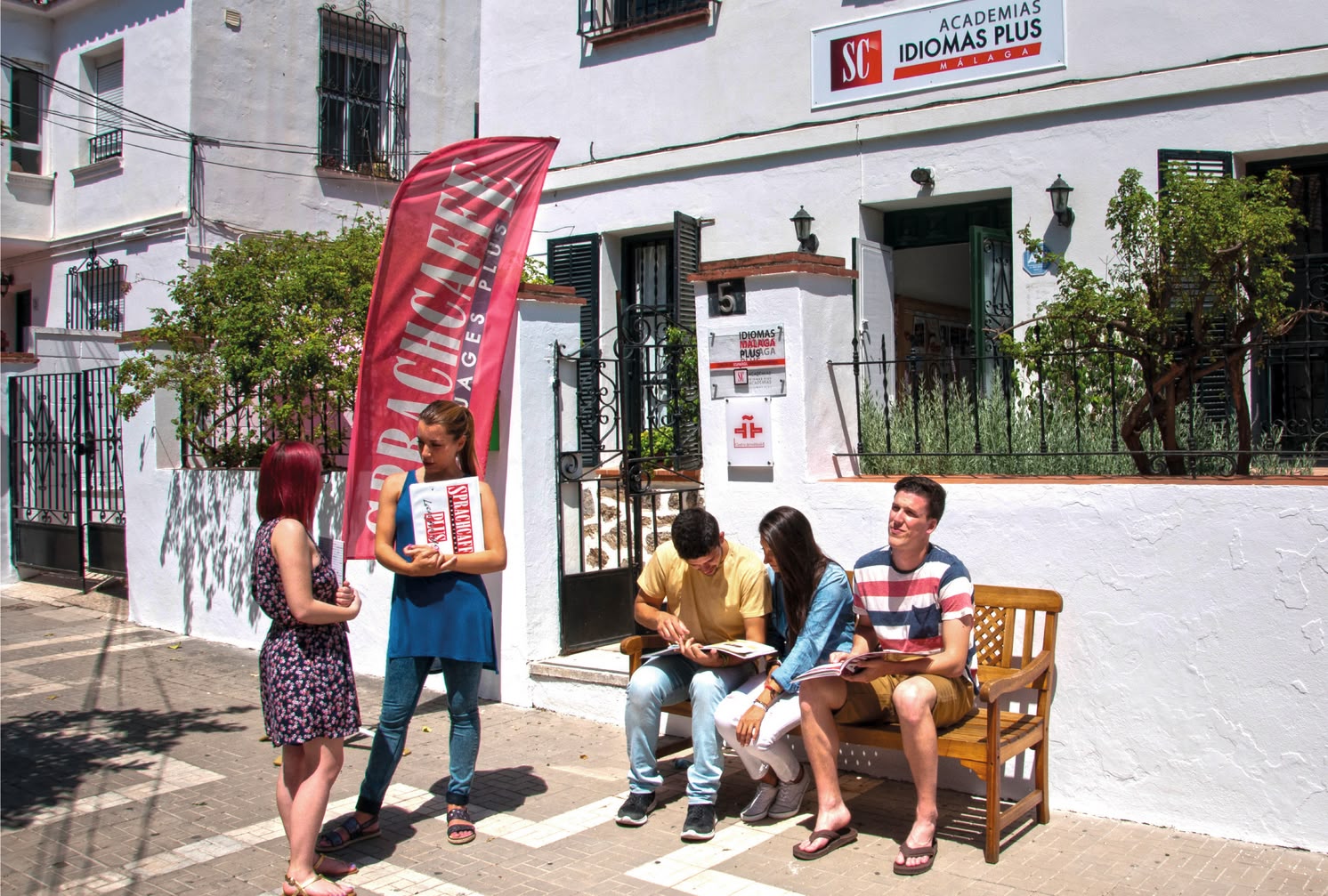
Present Subjunctive
Learn here how to correctly use the present subjunctive in Spanish.
More information »The subjunctive is an essential verb mood in Spanish that allows the expression of subjectivity, uncertainty and emotional aspects of discourse. Through its different verb tenses and its relationship with subordinate clauses, the subjunctive enriches communication by allowing the expression of desires, opinions, doubts and other subjective perspectives that go beyond objective information.
The subjunctive is one of the verbal modes in Spanish that reflects subjectivity, possibility and uncertainty in the actions expressed in speech. Unlike the indicative, which is used to describe objective and concrete facts, the subjunctive is used to express actions that are hypothetical, desires, doubts, opinions, possibilities and emotional states, among other subjective elements. It is a fundamental mode for communicating not only objective information, but also the emotional nuances and attitudes of the speaker towards what he or she is communicating.
The subjunctive manifests itself in several tenses, each of which encompasses different contexts and uses. Some of the subjunctive tenses include the present, imperfect preterite, perfect preterite, pluperfect, future and future perfect subjunctive tenses. Each of these tenses is used in specific situations to communicate different aspects of subjectivity and uncertainty.
One of the most distinctive features of the subjunctive is its frequent relationship to subordinate clauses. In these constructions, the subjunctive is found in the subordinate clause, which is the one that depends on the main clause to make complete sense. Subordinate sentences are usually introduced by conjunctions and expressions that indicate doubt, desire, need, opinion or some kind of condition.
Correct use of the subjunctive requires a solid knowledge of grammatical rules, as well as a thorough understanding of context and speaker intent. Mastering the subjunctive can be a challenge for learners of Spanish, as it involves a heightened sensitivity to the subtleties of language and an ability to express a full range of nuances in communication.
The present subjunctive is used to express actions that are hypothetical, uncertain or have not yet occurred. It is usually used in subordinate sentences that are connected to a main sentence containing verbs that express desires, needs, opinions, doubts or other emotions.

Learn here how to correctly use the present subjunctive in Spanish.
More information »
Learn here how to correctly use the imperfect subjunctive in Spanish.
More information »The preterite imperfect subjunctive is a verb tense used to express hypothetical actions or situations, possible or unrealized in the past. Unlike the preterite perfect subjunctive, which focuses on past actions with relevance in the present, the preterite imperfect subjunctive is used to talk about situations that have not materialized or to express desires, doubts and possibilities in a past context.
How does a language vacation in Malaga, Madrid, Barcelona or Havana sound? All these dream destinations with a Spanish language package is the perfect combination to enjoy your longed-for vacation.
The preterite perfect subjunctive is a verb tense used to express actions or situations that occurred in the past, but have relevance in the present. This verb tense combines the subjunctive, which indicates subjectivity, possibility or doubt, with the notion that the past action or situation still has some kind of connection to the present moment.

Learn here how to correctly use the past perfect subjunctive tense in Spanish.
More information »
Learn here how the pluperfect subjunctive works in Spanish.
More information »The past perfect past tense of the subjunctive is used to talk about hypothetical or unrealized actions in the past that would have happened before another event in the past. It is formed using the past imperfect subjunctive of the auxiliary verb "haber" followed by the past participle of the main verb.
The future perfect subjunctive is used to express hypothetical actions that would have occurred in the future before another hypothetical event in the future. It is formed using the future subjunctive of the auxiliary verb "haber" followed by the past participle of the main verb.

Learn here how the future perfect subjunctive works in Spanish.
More information »
Take a language trip to Spain or Cuba with Sprachcaffe.
More information »
Learn Spanish from the comfort of your home with an online course.
More information »